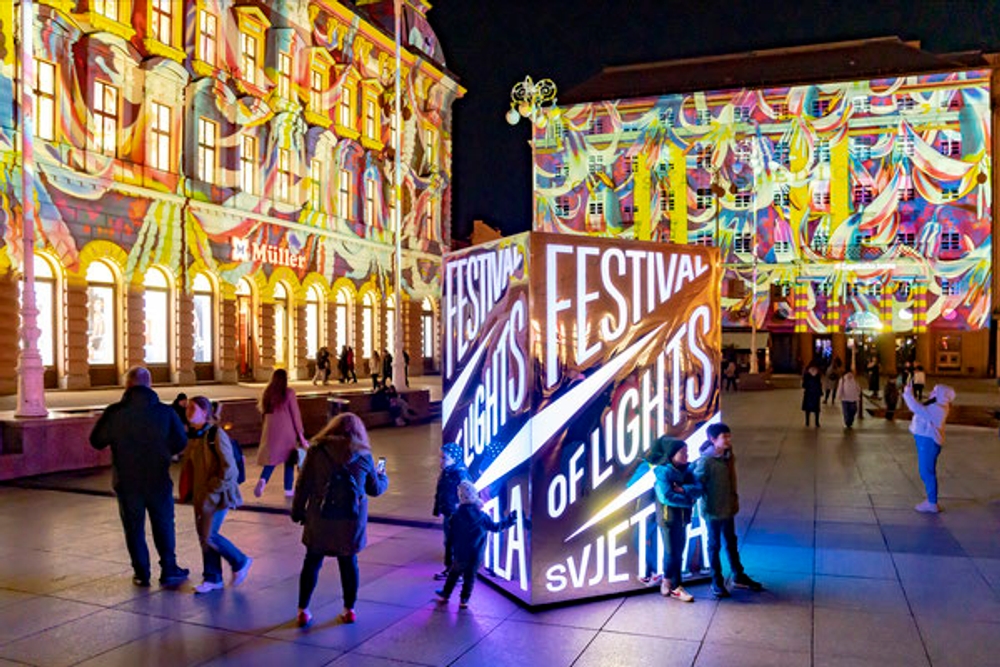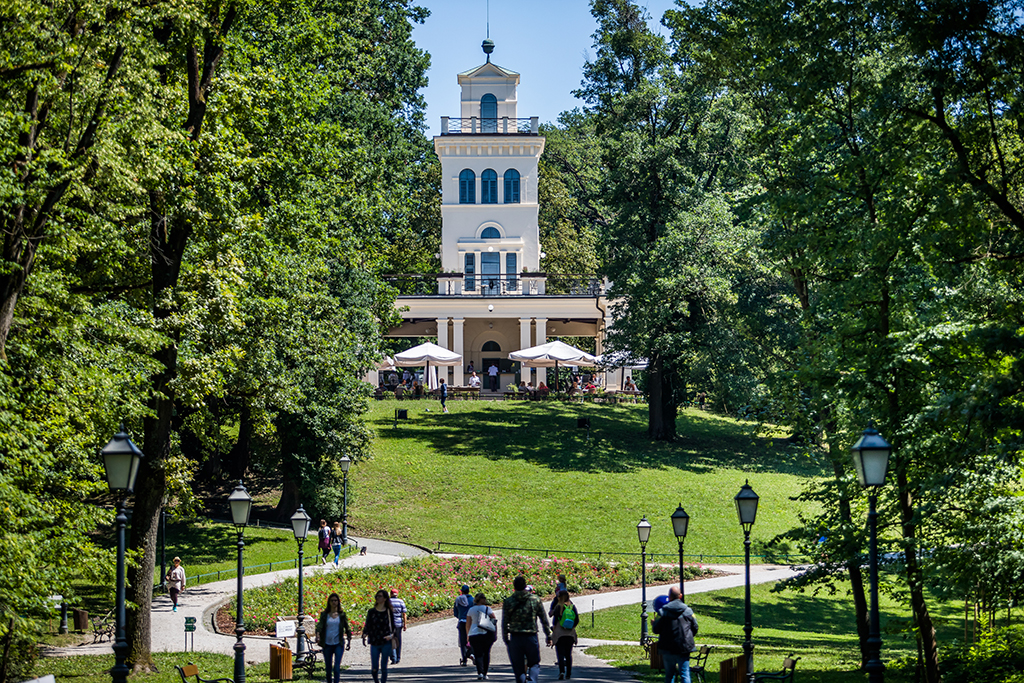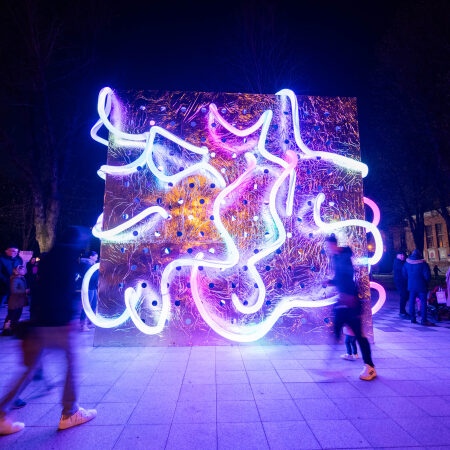Published
- 5 min read
Beyond the Coastline: Unveiling Zagrebs Hidden Charms

Discovering Zagreb: A Spontaneous Getaway Full of Character
Earlier this month, I embarked on a spontaneous three-day trip from Graz, Austria, to Zagreb, Croatia’s vibrant capital. As an Erasmus student, I enjoy the freedom of unrestricted travel across European countries — a privilege that allows for enriching cultural exploration and unexpected discoveries.
Though Croatia is often celebrated for its stunning Adriatic coastline and pristine beaches, this journey revealed that the country’s allure extends well beyond its seashores. Zagreb, in particular, offers a unique blend of urban charm and natural beauty.
First Impressions: A City That Grows on You
First Impressions: Not Love at First Sight (And That’s Okay) Zagreb isn’t the kind of city that punches you in the face with postcard beauty the moment you arrive. It’s not Venice or Paris. But it grows on you fast. There’s a charm that unfolds slowly—the more you walk, the more you look around, the more you feel it. It’s full of those small city details that surprise you, make you smile, and keep you curious. It combines the charm of southern European street culture with remnants of its socialist past. While the infrastructure in some areas appears outdated, there is a strong sense of local life and community that makes the city feel authentic.
You’ll notice:
- Graffiti art along walls,
- Locals jaywalking freely, often ignoring traffic lights,
- Soviet-style architecture in certain neighborhoods,
- Trams that feel like time capsules from the mid-20th century.
 Despite the apparent disorder, the city runs smoothly. It’s a form of organized chaos, where tradition and spontaneity coexist peacefully.
https://travelhonestly.com/zagreb-street-murals/
Despite the apparent disorder, the city runs smoothly. It’s a form of organized chaos, where tradition and spontaneity coexist peacefully.
https://travelhonestly.com/zagreb-street-murals/
💭 Traces of the Past
As someone from Eastern Europe, I couldn’t help noticing the remnants of socialism. Some neighborhoods reminded me of home — grey panel buildings, retro trams, aging infrastructure. In some places, it feels like time stood still.
 Monument Shooting of hostages, dedicated to the victims of fascism in Zagreb
Monument Shooting of hostages, dedicated to the victims of fascism in Zagreb
 Living district with typical /panelki/
Living district with typical /panelki/
Interestingly, I’d say cities in Ukraine pay more attention to facades and renovation these days. In Zagreb, it’s all a bit neglected — but not in a bad way. It gives the city a certain raw honesty. It doesn’t pretend. It just is.
Maksimir Park: A Peaceful Escape
One of the highlights of my stay was Maksimir Park, a stunning and expansive green space located northeast of the city center. Established in 1794, Maksimir is not only the oldest public park in southeastern Europe but also one of the most beautiful.
 Maksimir Park: Zagreb’s Most Beloved Green Oasis
Maksimir Park: Zagreb’s Most Beloved Green Oasis
With five lakes, lush walking trails, charming wooden pavilions, and even a zoo, the park offers a tranquil contrast to the urban landscape. I spent hours walking under the tall trees, enjoying the birdsong and observing the relaxed pace of locals — joggers, families, and students alike.
📍 Fun fact: Maksimir Park spans approximately 316 hectares, making it one of the largest parks in any European capital.
Culinary Highlights: Quality at an Affordable Price
A major highlight was breakfast at Otto & Frank, a popular café in the city center. I had a delicious dish featuring a crispy poached egg in breadcrumbs, served with bacon, fresh cottage cheese, and toast — paired with a specialty espresso. It was genuinely one of the best breakfasts I’ve ever had.
 https://www.onewaytkt.com/blog/zagreb-food
https://www.onewaytkt.com/blog/zagreb-food
Why this matters for travelers:
Cafés and restaurants in Zagreb are significantly more affordable than those in Austria. While grocery prices are surprisingly higher, eating out is still cost-effective.
💸 Average meal price (2024 data):
- Zagreb: €10–€12
- Vienna: €15–€20
For travelers on a budget, I recommend staying in Airbnb apartments and enjoying meals in cafés. In contrast, in cities like Vienna, it’s often more economical to book hotels that include breakfast.
A Vibrant Family Presence: A Refreshing Observation
One of the most heartening aspects of Zagreb was the abundance of children and families in public spaces. Parks, squares, and streets were lively with the sounds of children playing, parents chatting, and families enjoying time together. This vibrant family presence stood in stark contrast to demographic trends observed in Finland.

Finland’s Demographic Challenge:
- Fertility Rate: Finland’s fertility rate declined to 1.26 children per woman in 2023, marking the lowest level since records began in 1776.
Croatia’s Fertility Context:
- Fertility Rate: Croatia’s fertility rate was 1.53 children per woman in 2022.
Witnessing such a lively family environment in Zagreb was both surprising and uplifting, especially considering the demographic challenges faced in other European countries. It highlighted the cultural emphasis on family life and the potential benefits of community-oriented urban planning.
Nightlife and Culture: A City That Doesn’t Sleep
Zagreb truly comes alive at night. On Friday evenings, the streets fill with life. Young people gather in bakeries, sit on benches, laugh, smoke (including vapes and cigarettes), and chat late into the night. The energy is vibrant, though the prevalence of cigarette smoke can be overwhelming in certain areas.
During my visit, I was fortunate to experience the Festival of Lights, an annual event that transforms the city into a glowing open-air gallery. Historic buildings were illuminated with light projections, creating a surreal and festive atmosphere.
🎉 Festival of Lights Zagreb attracts over 100,000 visitors each year and is typically held in mid-March.



Observations and Insights
Although the city charmed me in many ways, I also noted a few areas where improvement is needed:
| Aspect | Zagreb | Austria (comparison) |
|---|---|---|
| Grocery prices | Higher than expected, limited healthy options | Austria offers better value and variety |
| Public infrastructure | Outdated in some areas | More modern and efficient |
| Café culture | Affordable and excellent quality | More expensive |
| Air quality (city center) | Cigarette smoke noticeable everywhere | More regulated and smoke-free zones |
Despite these differences, Zagreb has a unique value — it is honest. There is no artificial shine or overwhelming modernity, but rather a rawness and sincerity that make it special. It’s a city that lives by its own rules and doesn’t try to be anything it’s not.
Conclusion: Zagreb’s Quiet Charm
Zagreb may not be as flashy as other European capitals, but it has something equally important: soul. From the peaceful beauty of Maksimir Park to the late-night laughter echoing through its streets, the city left me with memories of warmth, depth, and authenticity.
If you’re looking for a destination that blends affordability, history, natural beauty, and cultural energy — Zagreb is well worth a visit.